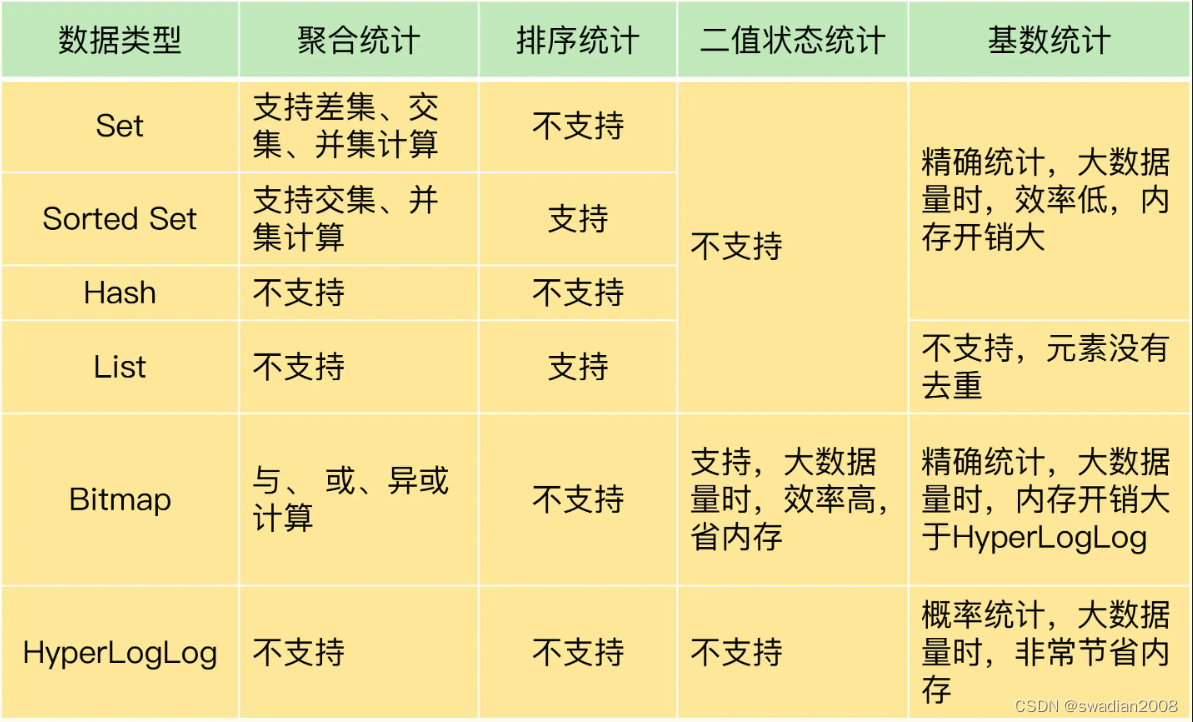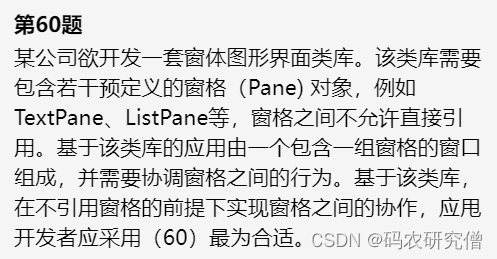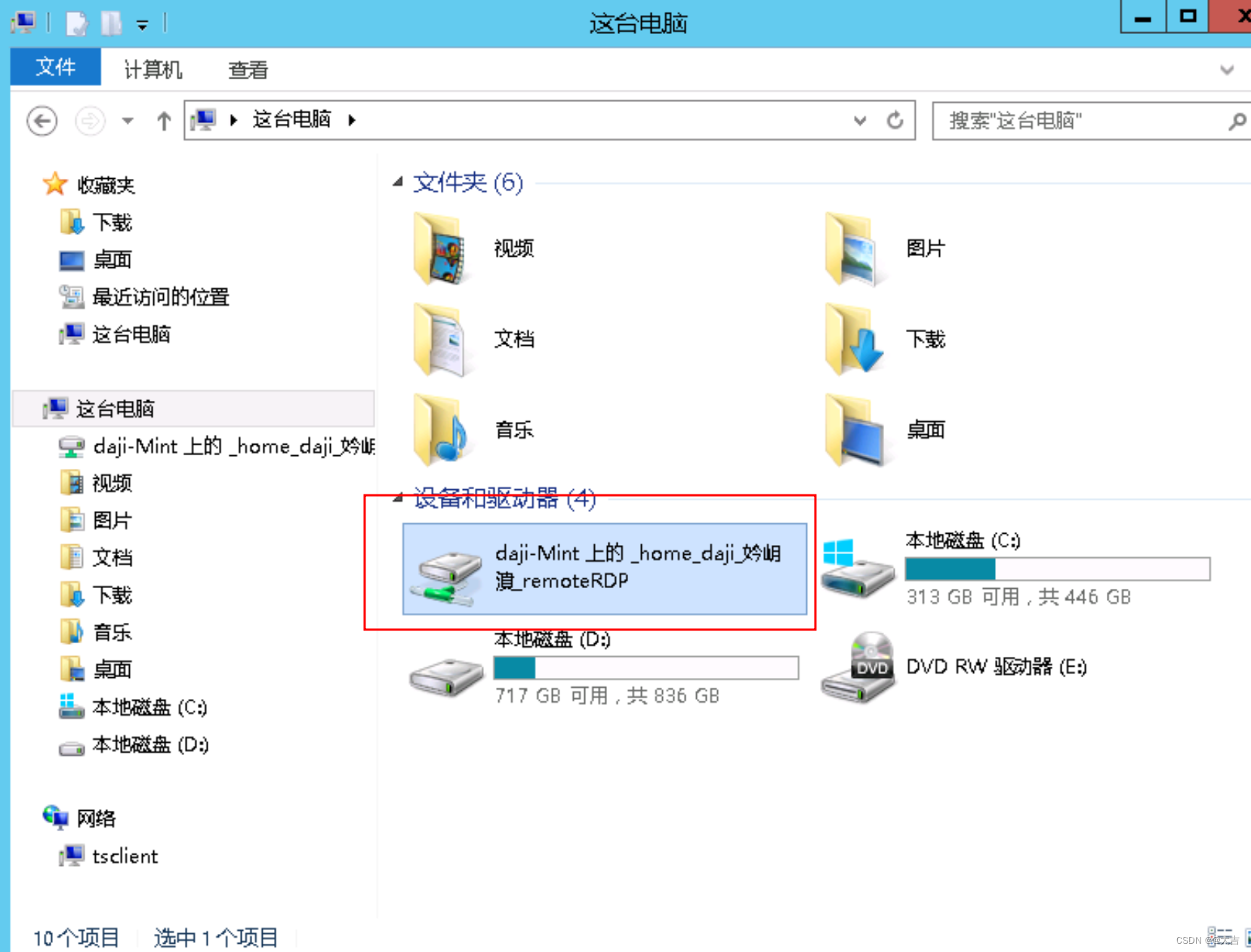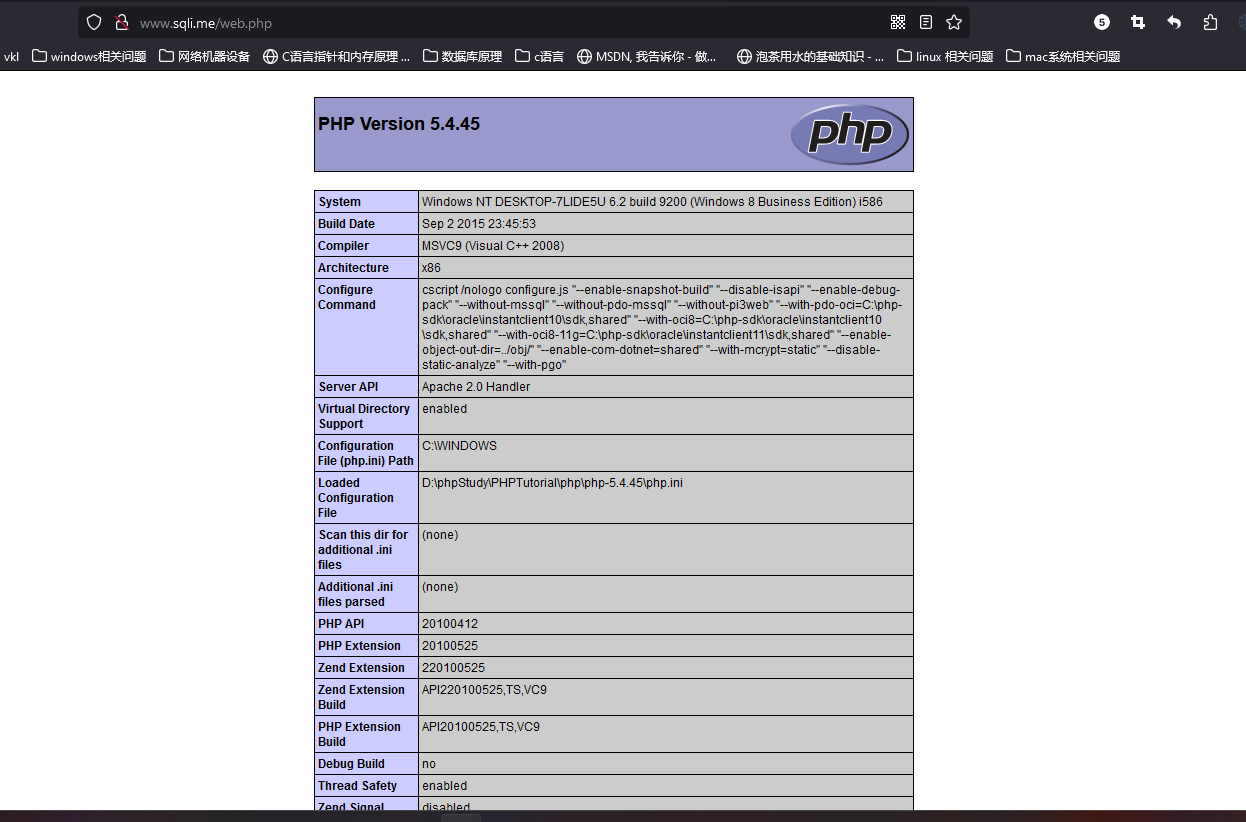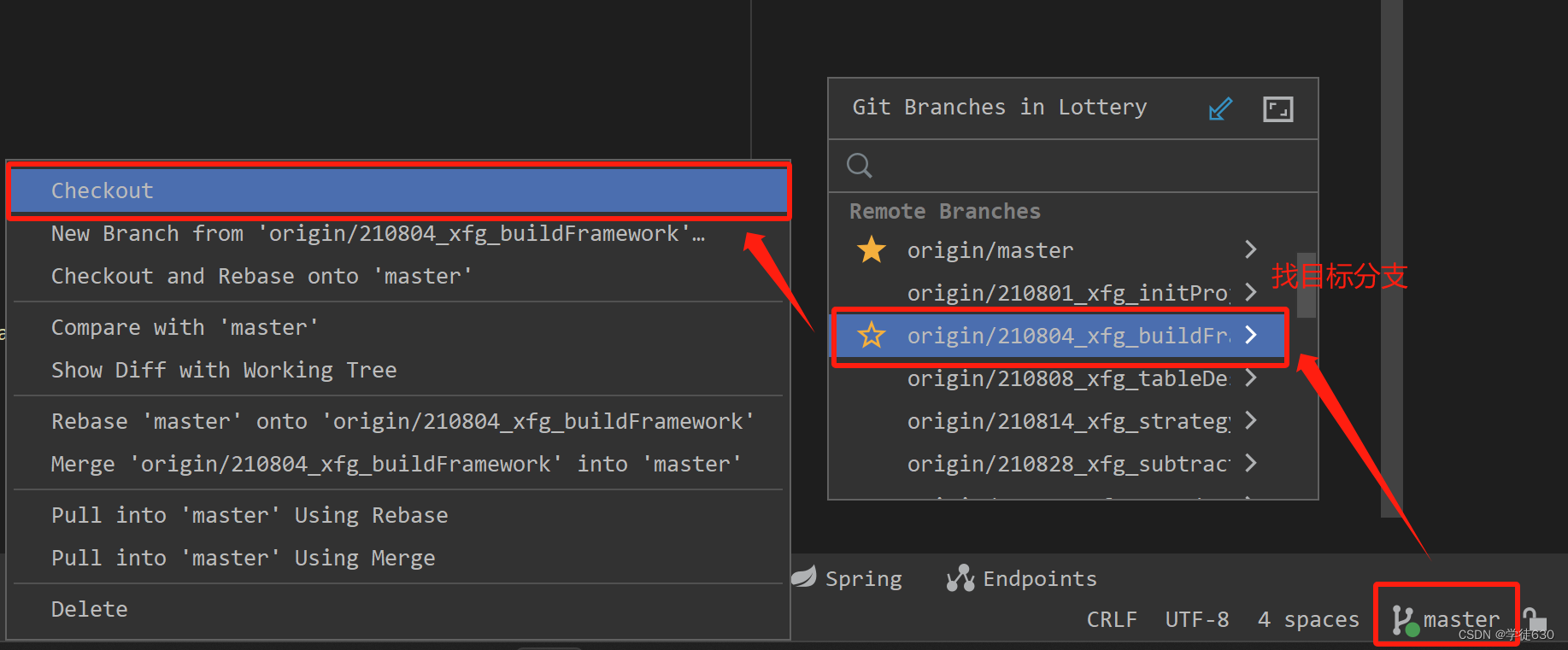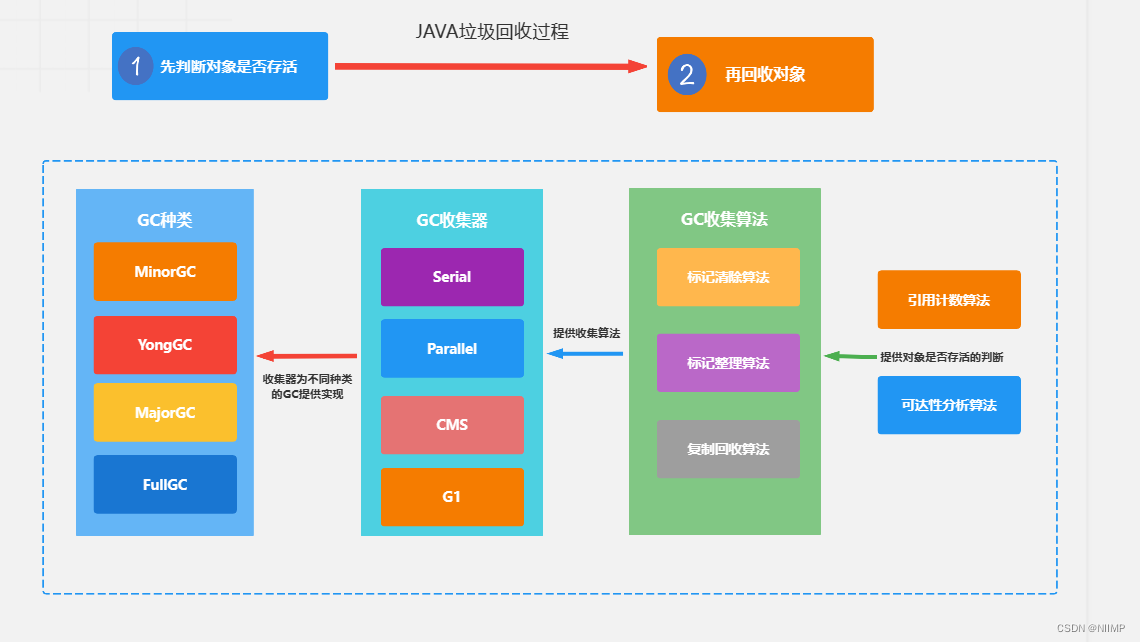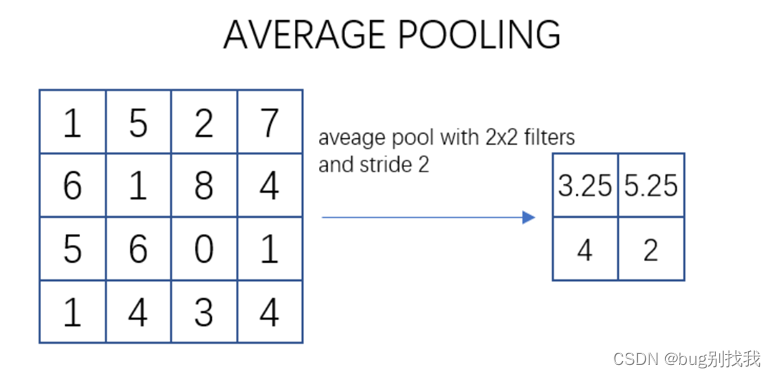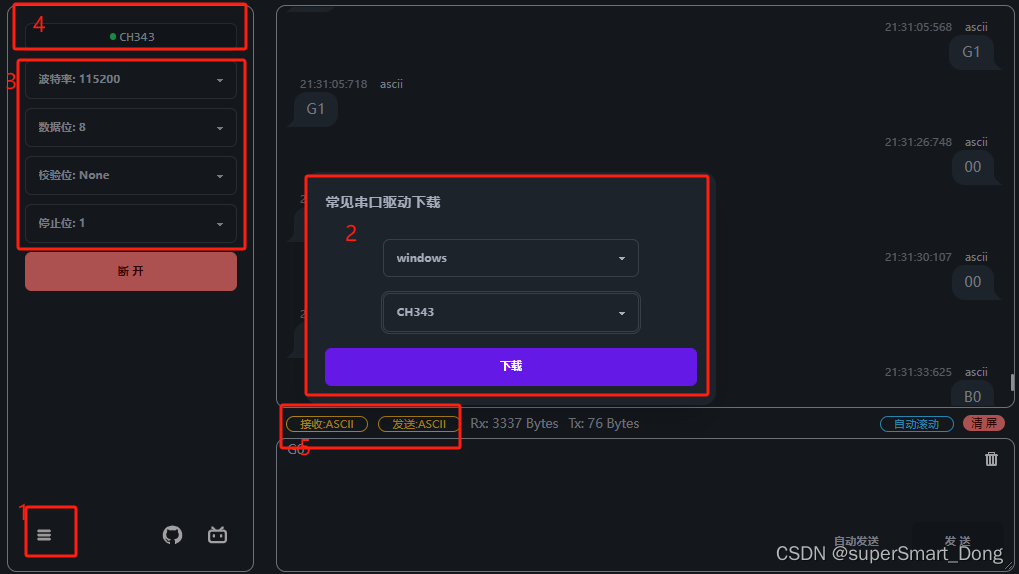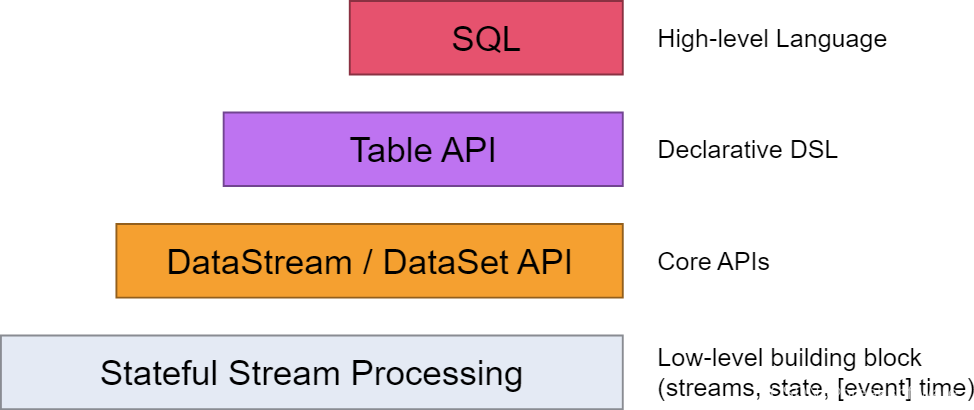😁博客主页😁:🚀https://blog.csdn.net/wkd_007🚀
🤑博客内容🤑:🍭嵌入式开发、Linux、C语言、C++、数据结构、音视频🍭
🤣本文内容🤣:🍭介绍标准C语言的32个关键字🍭
😎金句分享😎:🍭有机会一定要试试,其实试错的成本并不高,而错过的成本很高🍭
C语言32个关键字详解(1):数据类型部分(char、short、int、long、float、double、struct、union、enum、void)
C语言32个关键字详解(2):修饰类型部分(auto、signed、unsigned、static、extern、const、register、volatile)
C语言32个关键字详解(3):结构语句部分(if、else、switch、case、default、do、while、for、break、continue、return、goto)
C语言32个关键字详解(4):其他(typedef、sizeof)
目录
- 🎄一、概述
- 🎄二、typedef 关键字
- ✨2.1 typedef 给类型取别名
- ✨2.2 typedef 的类型 和 const 一起使用
- ✨2.3 typedef 的类型 和 #define 的区别
- 🎄三、sizeof 关键字
- ✨3.1 sizeof 是关键字,不是函数
- ✨3.2 sizeof 与指针、数组的使用
- 🎄四、总结
![]()
🎄一、概述
C语言的关键字有32个,我将它主要分成下面四个方面来介绍。
| 功能 | 关键字 |
|---|---|
| 类型(10个) | char、short、int、long、float、double、struct、union、enum、void |
| 修饰类型(8个) | auto、signed、unsigned、static、extern、const、register、volatile |
| 结构语句(12个) | if、else、switch、case、default、do、while、for、break、continue、return、goto |
| 其他(2个) | typedef、sizeof |
前面介绍了char、short、int、long、float、double、struct、union、enum、void、auto、signed、unsigned、static、extern、const、register、volatile、 if、else、switch、case、default、do、while、for、break、continue、return、goto;
这篇文章主要介绍最后两个关键字typedef、sizeo。
![]()
🎄二、typedef 关键字
✨2.1 typedef 给类型取别名
从 typedef 的名字来看,会以为它是定义新的数据类型,但实际上 typedef 的真正意思是给一个已经存在的数据类型(注意:是类型不是变量)取一个别名,而非定义一个新的数据类型。常用来给基本类型、指针类型、函数指针取别名;
常见的用法:
1、给基本数据类型重命名,代码如下:
typedef signed char int8_t;
typedef short int16_t;
typedef int int32_t;
typedef long long int64_t;
typedef unsigned char uint8_t;
typedef unsigned short uint16_t;
typedef unsigned int uint32_t;
typedef unsigned long long uint64_t;
uint64_t u64_i = 0; // 等同于 unsigned long long u64_i = 0;
2、给结构体、结构体指针类型取别名:
typedef struct student
{
//...code
}Stu_st, *Stu_pst;
Stu_st stu; // 等同于 struct student stu;
Stu_pst pStu; // 等同于 struct student* pStu;
3、给函数指针类型取别名:
typedef unsigned int (*fn_callback)(void*,void*);
fn_callback fn_callback; // 定义一个函数指针 fn_callback
✨2.2 typedef 的类型 和 const 一起使用
首先,我们知道
const在类型前或后去修饰一个变量时,效果是一样的。
如:const int i;和int const i;两个语句都是表示变量i的值是只读的,不允许被改变。
而
const在*前面表示修饰的指针指向的对象是只读的,const在*后面表示指针是只读的,如:
const int * pI;表示pI指向的对象的值是只读的,不能被改变;
int * const pI;表示pI变量的值是只读的,不能被改变;
那么下面的代码中,先将int *重命名为 pInt。请问 const_pInt 和 pInt_const 分别表示哪些是只读的?
typedef int * pInt;
const pInt const_pInt;
pInt const pInt_const;
可能你会认为const_pInt表示指针指向的对象是只读的,而pInt_const表示指针本身是只读的。答案是,const_pInt 和 pInt_const 都是表示指针本身是只读的。因为编译器单纯地把pInt当作一个类型来处理,所以它只会限制变量只读,不可修改。
可以用下面代码测试验证:
// typedef.c
#include <stdio.h>
typedef int * pInt;
int main()
{
int i=0, j=0;
const pInt const_pInt = &i;
pInt const pInt_const = &i;
//const_pInt = &j; //报错:assignment of read-only variable ‘const_pInt’
//pInt_const = &j; //报错:assignment of read-only variable ‘pInt_const’
*const_pInt = 1;
*pInt_const = 2;
return 0;
}
原文链接:https://blog.csdn.net/wkd_007/article/details/133997095
✨2.3 typedef 的类型 和 #define 的区别
如果将上面的typedef int * pInt;替换成#define pInt int*,const_pInt 和 pInt_const 分别表示哪些是只读的?
答案是,const_pInt表示指针指向的对象是只读的,而pInt_const表示指针本身是只读的。因为宏定义会在预处理阶段替换成int*,就变成了const int * const_pInt;和int * const pInt_const;
可以用下面的代码测试验证:
//typdef_define.c
#include <stdio.h>
#define pInt int*
int main()
{
int i=0, j=0;
const pInt const_pInt = &i;
pInt const pInt_const = &i;
const_pInt = &j;
//pInt_const = &j; //报错:assignment of read-only variable ‘pInt_const’
//*const_pInt = 1; //报错:assignment of read-only location ‘*const_pInt’
*pInt_const = 2;
return 0;
}
因为宏定义只是进行简单的字符串替换,所以宏定义的指针类型,每次只能成功定义一个指针变量。
例如:下面代码中,pI变量是int*类型的,而i变量则是int类型的;
而pS、pSh都是short *类型的。
#define pInt int*
typedef short * pShort;
pInt pI,i;
pShort pS,pSh;
![]()
🎄三、sizeof 关键字
✨3.1 sizeof 是关键字,不是函数
sizeof 关键字常被误以为是函数,实际上,它是一个关键字。作用是在编译时计算给定类型或变量的大小,并返回占用空间大小,返回的值是long unsigned int类型的。
在计算指定类型大小时,需要加(),计算指定变量的大小时可以不用(),下面代码中,sizeof(int), sizeof(i), sizeof i 都是正确的,如果写成sizeof int 就是错误的,因为返回的值是long unsigned int,用%lu打印。
#include <stdio.h>
int main()
{
int i = 0;
printf("sizeof(int)=%lu, sizeof(i)=%lu sizeof i = %lu\n",sizeof(int), sizeof(i), sizeof i);
return 0;
}
注意:
1、sizeof i 这个语句是正确的,就可以证明 sizeof 是关键字而不是函数,因为不能这样调用;
2、一般情况下,使用sizeof时,建议带上();
✨3.2 sizeof 与指针、数组的使用
sizeof 关键字计算指针的值时,在32位系统永远返回4,在64位系统永远返回8;
int *p = NULL;
sizeof(p)的值是多少?
sizeof(*p)呢?
int a[100];
sizeof (a) 的值是多少?
sizeof(a[100])呢? //请尤其注意本例。
sizeof(&a)呢?
sizeof(&a[0])呢?
sizeof((&a)[0])呢?
int b[100];
void fun(int b[100])
{
sizeof(b);// sizeof (b) 的值是多少?
}
阅读上面代码,试着判断各个sizeof的值是多少?答案在下文给出,可以自己先判断,看看能否准确!!!
在判断sizeof的值时,要清楚指定的变量是什么类型?
以32位系统为例,只要是指针,其sizeof的值就是4;
只要是数组名,sizeof大小就是整个数组的大小;
只要是数组元素,sizeof大小就是单个数元素的大小;
如果数组作用函数参数,那么sizeof(数组名)的大小则等于指针的大小;
答案:在64位系统运行下面代码,打印的答案如下:
sizeof(p)=8 sizeof(*p)=4
sizeof(a)=400, sizeof(a[100])=4, sizeof(&a)=8, sizeof(&a[0])=8, sizeof((&a)[0])=400
sizeof(b)=8
// sizeof_arr.c
#include <stdio.h>
void fun(int b[100])
{
printf("sizeof(b)=%lu\n",sizeof(b));
}
int main()
{
int *p = NULL;
printf("sizeof(p)=%lu sizeof(*p)=%lu\n",sizeof(p),sizeof(*p));
int a[100];
printf("sizeof(a)=%lu, sizeof(a[100])=%lu, sizeof(&a)=%lu, sizeof(&a[0])=%lu, sizeof((&a)[0])=%lu\n",
sizeof(a), sizeof(a[100]), sizeof(&a), sizeof(&a[0]), sizeof((&a)[0]));
int b[100];
fun(b);
return 0;
}
![]()
🎄四、总结
本文主要介绍C语言的两个关键字typedef、sizeof,结合前面的30个,C语言的32个关键字全部介绍完了。

如果文章有帮助的话,点赞👍、收藏⭐,支持一波,谢谢 😁😁😁
